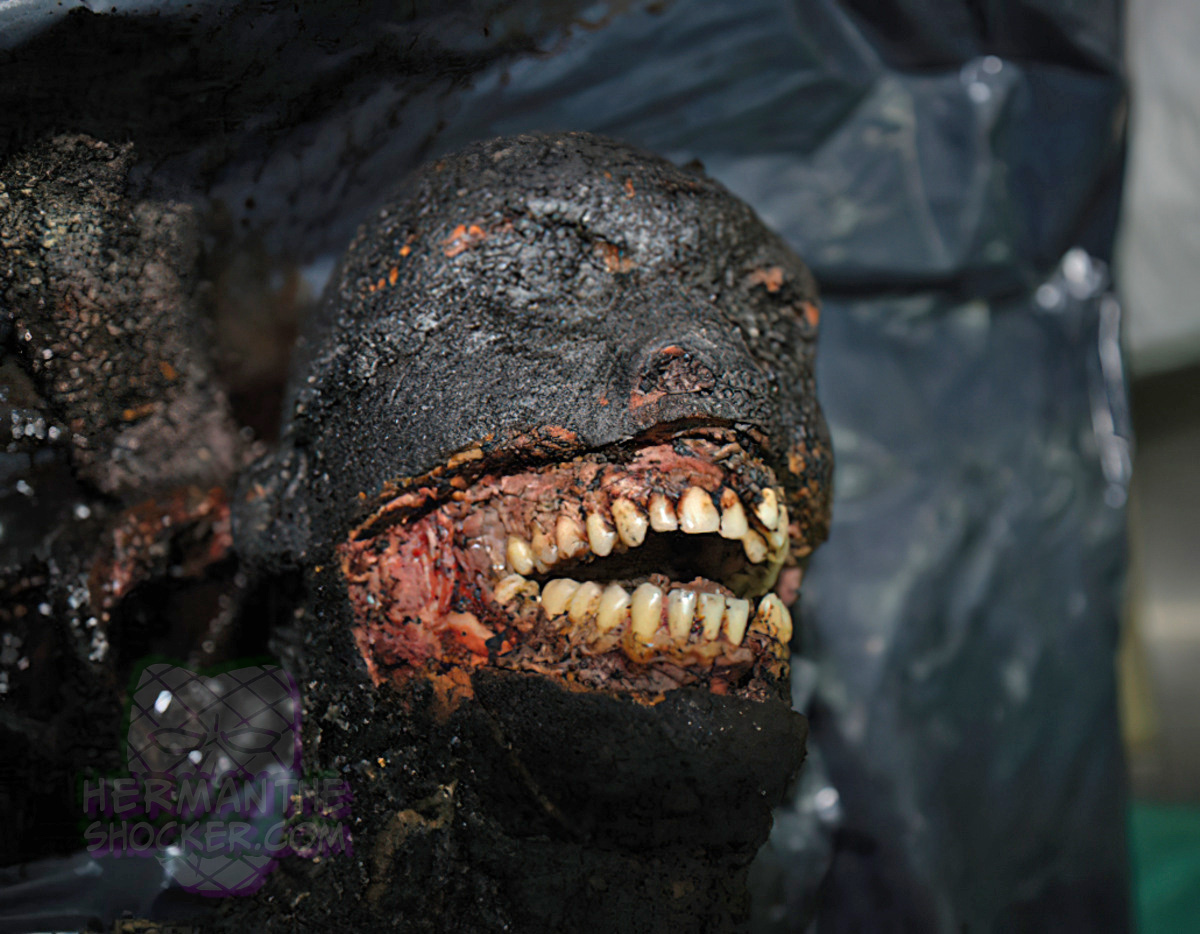Carbonized corpse prepared for dental identification. Postmortem identification represents one of the great branches of study and research in forensic dentistry and medicine, considering that both sciences deal with a same material—the human body at different stages, such as ripped, lacerated, carbonized, macerated, putrefied, skeletonized—always with a single objective, that is to say, to establish human identity.
Visual recognition of facial features in badly burnt human victims is often impossible and identification by fingerprints may not be possible due to the degree of destruction of the bodies. Dental identification may be based on pathological conditions, disturbances of tooth eruption, malocclusions and on dental treatment. The identity of an individual may be established on the basis of the uniqueness of concordant ante- and postmortem dental features. A comparison between antemortem records and postmortem findings may thus often lead to identification or provide convincing proof to rule out a particular identity.
Latest posts








